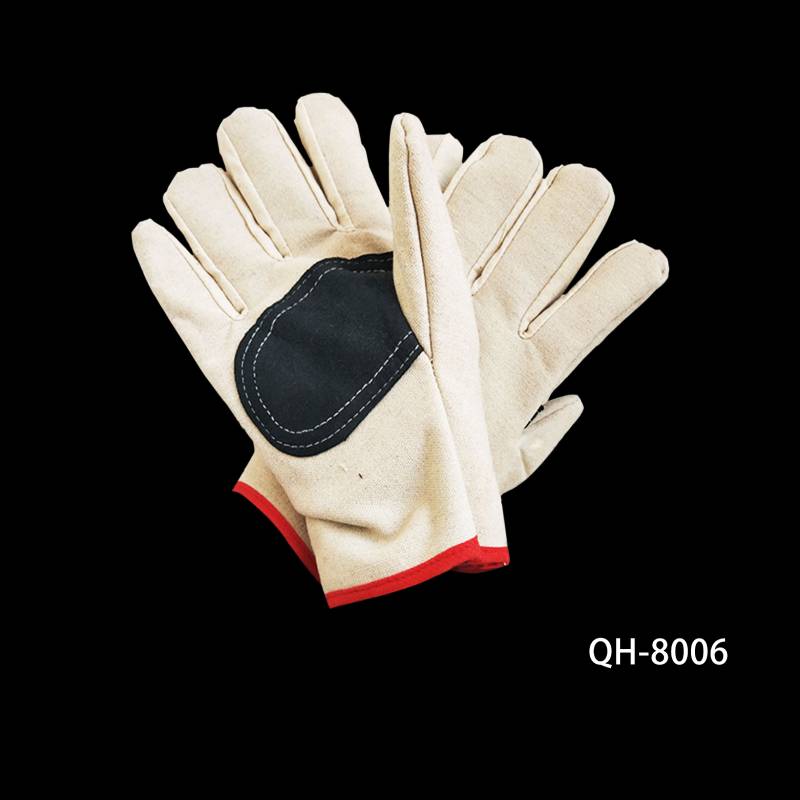- Afrikaans
- Albanian
- Arabic
- Armenian
- Basque
- Belarusian
- Bengali
- Bulgarian
- Croatian
- Czech
- Danish
- Dutch
- English
- Esperanto
- Finnish
- French
- German
- Greek
- Hebrew
- Hindi
- Indonesian
- irish
- Italian
- Japanese
- Javanese
- kazakh
- Rwandese
- Korean
- Kyrgyz
- Latin
- Latvian
- Luxembourgish
- Malay
- Myanmar
- Nepali
- Persian
- Polish
- Portuguese
- Romanian
- Russian
- Serbian
- Slovak
- Spanish
- Swedish
- Tagalog
- Tajik
- Turkish
- Ukrainian
- Uzbek
- Vietnamese
pro . 25, 2024 10:54 Back to list
Different Styles and Functions of Aprons for Every Occasion and Purpose
Understanding the Different Types of Aprons
Aprons are versatile garments traditionally associated with cooking and crafting, but their use has evolved tremendously over time. They provide not only practical protection but also serve as a part of personal or professional style. This article explores the various types of aprons and their unique features, uses, and benefits.
1. Bib Aprons
Bib aprons are perhaps the most recognizable type, characterized by their full coverage design that extends from the chest down to the knees or lower. Typically featuring a neck strap and two ties at the waist, bib aprons are commonly worn in kitchens, restaurants, and catering services. Their primary purpose is to protect clothing from spills, stains, and splatters while providing the wearer with an apron that is easy to put on and take off. Bib aprons are available in a variety of materials, including cotton, polyester, and waterproof fabrics, making them suitable for different cooking environments.
2. Waist Aprons
Waist aprons, also known as half aprons, are shorter and more minimalist, covering only the waist and thighs. They are often worn by waitstaff in restaurants or by home cooks who want to keep essentials close at hand without a full-coverage design. Designed with pockets, waist aprons provide convenient storage for tools, utensils, or even a notepad. Their simplicity makes them practical for activities like baking, gardening, or crafting, where full coverage is unnecessary.
3
. Pinafore ApronsPinafore aprons are a more decorative style that often includes a bib similar to full-length aprons but is meant for more than just cooking. This garment usually features straps that go over the shoulders and can be worn as a stylish dress or at home during casual activities. Pinafore aprons are popular among those who appreciate vintage or farmhouse aesthetics and are often used in crafting or gardening. They can be made from a variety of fabrics, ranging from denim to patterned cotton, making them both functional and fashionable.
types of apron

4. Chef’s Aprons
Chef’s aprons are specially designed for professional chefs and culinary professionals. These aprons are typically longer and made from durable materials that can withstand the rigors of a restaurant environment. Chef’s aprons often come with multiple pockets for easy access to tools like thermometers, notepads, or pens. Additionally, they are usually made from materials that are easy to clean and resistant to stains, such as canvas or heavy-duty cotton. Some chef’s aprons feature adjustable neck straps and come in a variety of colors and styles, allowing chefs to express their personality while maintaining professionalism.
5. Smock Aprons
Smock aprons are similar to bib aprons but typically offer more space and coverage. They are often worn by artists, crafters, and garden enthusiasts to protect clothing from paint, clay, or dirt. Smock aprons are usually made from heavier materials to resist wear and tear. With various pockets and loops, they provide ample storage for tools, making them an essential item for anyone engaged in messy projects.
6. Kitchen Aprons
Kitchen aprons can encompass a variety of styles and are primarily used for cooking. They can be both functional and fashionable, with countless designs ranging from whimsical patterns to classic solid colors. Some kitchen aprons come with additional features such as adjustable neck straps, long ties, and multiple pockets. Their variety makes it possible for cooks to choose an apron that suits not just their practical needs, but their personal style as well.
Conclusion
In summary, aprons have come a long way from their humble beginnings as basic protective garments. Today, they serve multiple functions across various industries and activities. Whether you are a professional chef, a home cook, an artist, or someone who simply enjoys crafts or gardening, there is an apron to fit your needs. Understanding the different types of aprons available can enhance your experience in the kitchen or wherever your creative efforts may take you. By selecting the right style and material, you can protect your clothing while also expressing your individual flair.
-
Work Reflective Vest: A Silent Guardian of Security
NewsJul.10,2025
-
Vest Reflective Safety: A Safety Lighthouse in Low Light and High Traffic Environments
NewsJul.10,2025
-
Soft Cotton Polo Shirts: A Fashionable and Practical Choice for Multiple Scenarios
NewsJul.10,2025
-
Soft Cotton Polo Shirts: A Fashionable and Practical Choice for Multiple Fields
NewsJul.10,2025
-
Reflective Vest: The Light of Industry and Outdoor Safety Protection
NewsJul.10,2025
-
Polo Shirt: A versatile and fashionable item that can be worn in one outfit
NewsJul.10,2025




